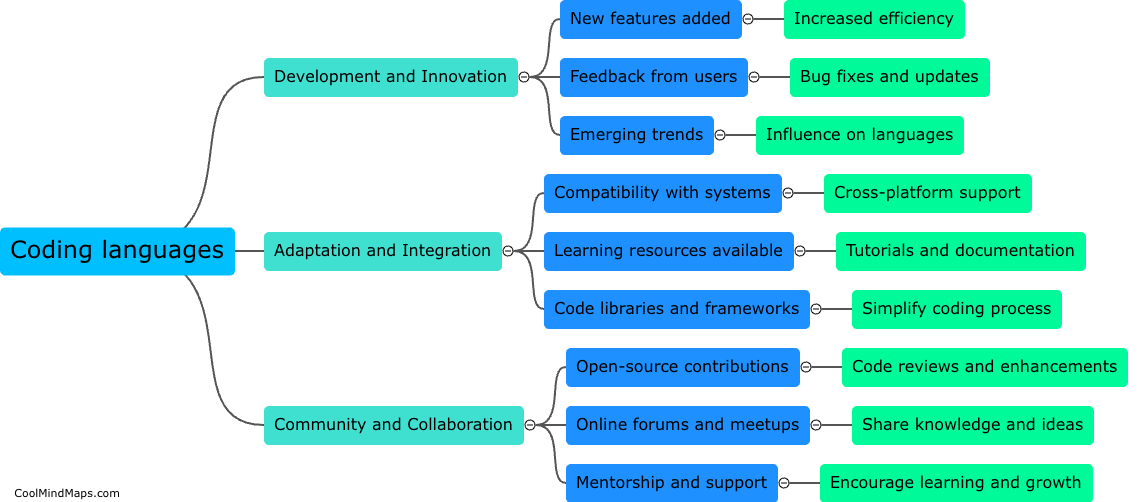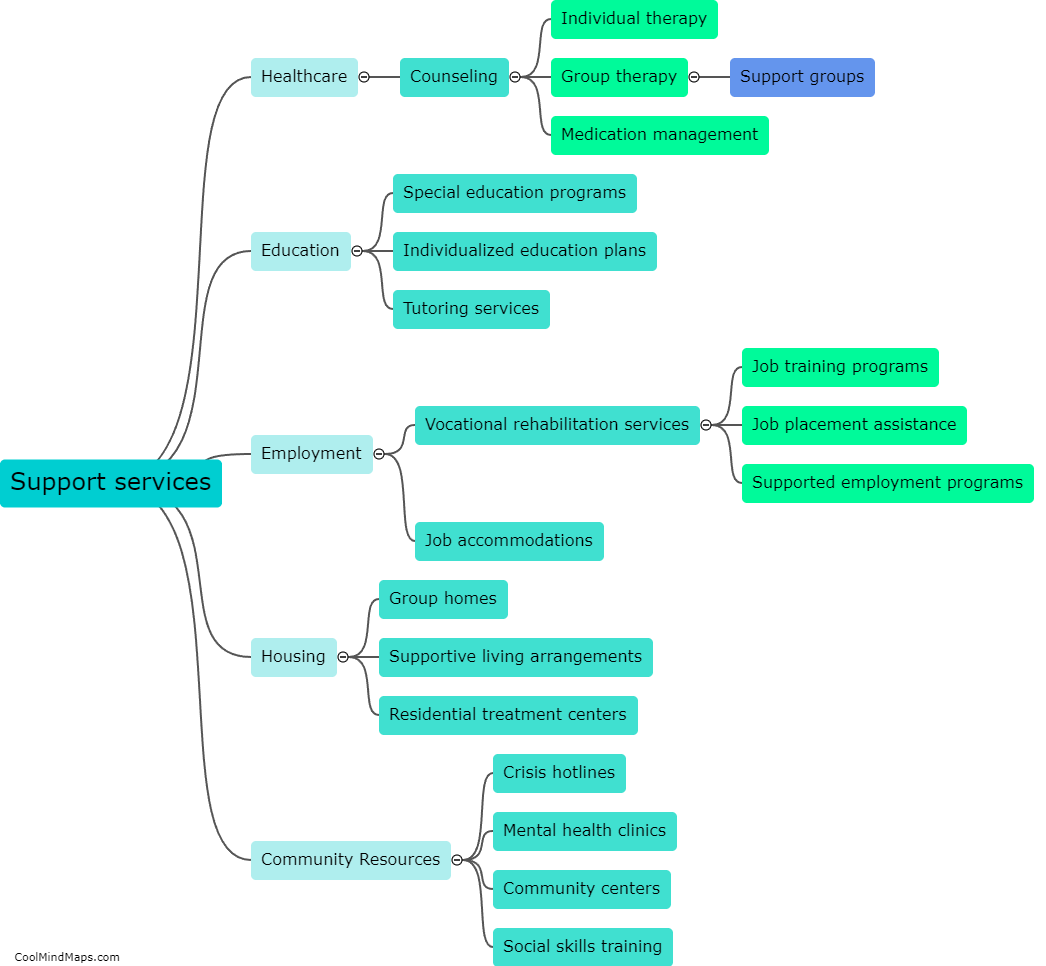How can I create and deploy a smart contract?
Creating and deploying a smart contract typically involves a few key steps. Firstly, you need to choose a suitable blockchain platform, such as Ethereum or Cardano, that supports smart contracts. Once you have selected a platform, you can write the smart contract code using a programming language specific to that platform, such as Solidity for Ethereum. The contract should contain the logic and rules governing the desired digital agreement. After writing the code, you need to compile it into bytecode, a machine-readable format. Then, you can deploy the contract to the chosen blockchain network by using a decentralized application (DApp) browser or a blockchain-specific development tool. This deployment process typically involves paying a transaction fee and waiting for the network to process and confirm the contract's inclusion on the blockchain. Once deployed, the smart contract becomes immutable and can be interacted with by users or other contracts according to the predefined rules and conditions specified in the code.

This mind map was published on 7 September 2023 and has been viewed 131 times.











